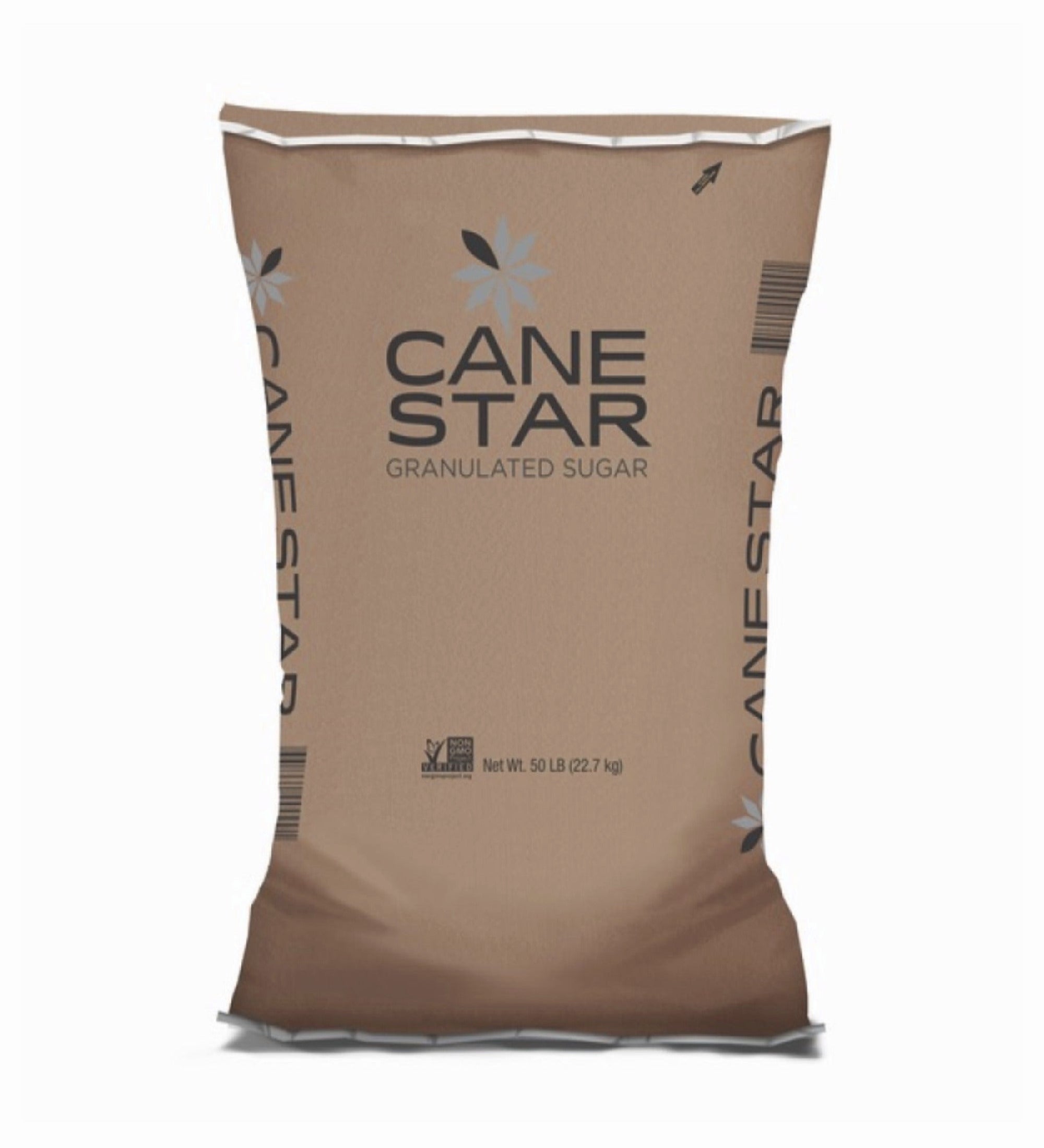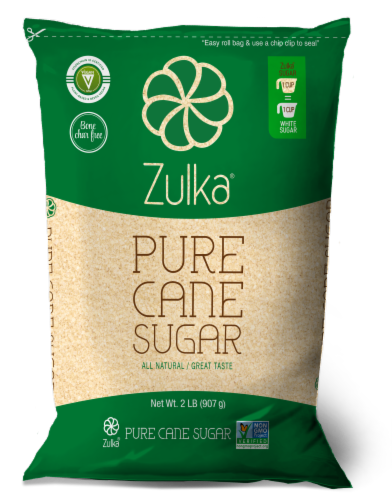Cane Sugar Processing: Conventional Methods and Modern Innovations
Cane Sugar Processing: Conventional Methods and Modern Innovations
Blog Article
Discovering the Comprehensive Steps Included in Cane Sugar Handling From Gathering to Improvement
The procedure of walking stick sugar production incorporates a series of detailed steps, beginning with the mindful harvesting of sugarcane and culminating in the improvement stages that make sure the final item meets sector requirements. Each stage, from the removal of juice to the purification and formation processes, plays a vital duty in determining the high quality and personality of the sugar. Comprehending these phases not only highlights the complexity of sugar production yet likewise elevates vital questions concerning efficiency, sustainability, and advancement in the industry. What ramifications do these factors have for future methods?
Gathering Sugarcane
Collecting sugarcane is a critical step in the walking stick sugar handling chain, as it straight affects the high quality and yield of the final item. Appropriate timing and techniques are vital during this phase to make certain optimum sugar material and reduce losses. Usually, sugarcane is gathered when it gets to maturity, typically 12 to 18 months after planting, characterized by a high sucrose focus.

Post-harvest, the sugarcane must be processed promptly to stop sucrose destruction. Preferably, gathered walking cane must be delivered to processing facilities within 24 hours to maintain sugar top quality. Therefore, reliable logistical planning is essential to maintain the honesty of the collected plant throughout the supply chain.
Extraction Refine

The crushed cane is subjected to a series of pressing procedures to make the most of juice recovery. Generally, hot water is sprayed onto the crushed walking cane, developing a countercurrent flow that helps liquify the sugar while additionally assisting in the extraction process. The juice accumulated from this procedure includes not only sugar yet additionally different organic substances and pollutants.

To boost extraction efficiency, some centers might use diffusion methods, where the sugarcane is taken in hot water, allowing the soluble sugars to diffuse into the liquid. The resulting juice, rich in sucrose, is then guided to subsequent processing stages, laying the structure for filtration and improvement. The extraction process is therefore critical in figuring out the quality and yield of the final sugar item.
Filtration Strategies
The filtration strategies used in walking cane sugar handling are important for transforming the raw juice into a premium sugar item. These techniques mostly aim to eliminate contaminations, such as dirt, plant products, and not natural materials, which can negatively impact the end product's flavor and color.
Among one of the most typical purification strategies is Click Here explanation. This procedure entails including lime and heat to the raw juice, which helps with the coagulation of impurities. The resulting precipitate is after that eliminated via sedimentation or purification, producing a clearer juice. In addition, making use of phosphoric acid can improve the clarification process by more binding pollutants.
An additional considerable technique is carbonatation, where co2 is introduced to the made clear juice. This reaction produces calcium carbonate, which catches remaining contaminations and promotes their elimination.
Furthermore, turned on carbon therapy might be applied to adsorb any kind of staying colorants and natural impurities, making sure a more polished product. The combination of these approaches efficiently prepares the sugar juice for subsequent action in the refining procedure, setting the phase for the manufacturing of high-grade walking stick sugar.
Crystallization Techniques
After the filtration phase, the next important action in walking stick sugar processing involves formation approaches, which play a crucial function in changing the cleared up juice right into strong sugar. This procedure normally uses two key methods: spontaneous condensation and regulated formation.
In spontaneous condensation, supersaturated sugar services are allowed to cool down naturally, leading to the formation of sugar crystals over time. This method allows for the find this uniform development of sugar crystals and higher pureness.
During formation, the made clear juice is concentrated via dissipation, boosting its sugar web content till it gets to supersaturation. As soon as this factor is accomplished, either method can facilitate the formation procedure. Cane Sugar Processing. The resultant sugar crystals are then separated from the remaining syrup via centrifugation
Inevitably, the option of crystallization approach influences the high quality, size, and purity of the last sugar item, making this step necessary in the general walking stick sugar processing procedure.
Improvement and Packaging
How can the pureness and high quality of walking stick sugar be further boosted after condensation? The refinement procedure plays a vital function in accomplishing high-quality walking cane sugar. Complying with crystallization, sugar goes through a complete washing to remove pollutants and residual molasses. This is commonly achieved making use of warm water or steam, which aids dissolve and remove unwanted aspects while maintaining the sugar crystals.
Next, the sugar goes through a procedure called centrifugation, where it is spun at broadband to divide the purified sugar crystals from the staying fluid. After centrifugation, the sugar is frequently more refined with an approach called carbonization or phosphatation, which utilizes activated carbon or phosphoric acid to get rid of shade and off-flavors.
As soon as refined, the sugar is dried to accomplish the wanted moisture content, making sure that it stays steady during storage and transportation. The final step entails product Read Full Report packaging the polished sugar in moisture-proof and closed containers to maintain its top quality and stop contamination. Cane Sugar Processing. Appropriate packaging not just prolongs life span however additionally facilitates easy handling and distribution, making certain that customers obtain sugar that meets the highest standards of purity and quality
Conclusion
The extensive steps included in walking stick sugar handling, from the thorough harvesting of sugarcane to the elaborate improvement and product packaging phases, emphasize the relevance of each phase in making sure high-quality sugar production. Optimal harvesting strategies, reliable removal approaches, and rigorous filtration procedures collectively contribute to the last item's purity and stability. The crystallization and succeeding packaging methods even more enhance the integrity and life span of the sugar, highlighting the intricacy and precision inherent in this vital agricultural market.
The process of cane sugar manufacturing includes a series of detailed actions, starting with the cautious harvesting of sugarcane and culminating in the improvement stages that make certain the last product meets sector requirements. Ideally, gathered cane needs to be delivered to refining centers within 24 hours to preserve sugar top quality.In spontaneous crystallization, supersaturated sugar remedies are enabled to cool naturally, leading to the development of sugar crystals over time - Cane Sugar Processing. The refinement procedure plays a vital role in attaining premium walking cane sugar.The detailed steps included in walking stick sugar processing, from the thorough harvesting of sugarcane to the detailed refinement and packaging phases, emphasize the value of each phase in guaranteeing high-quality sugar manufacturing
Report this page